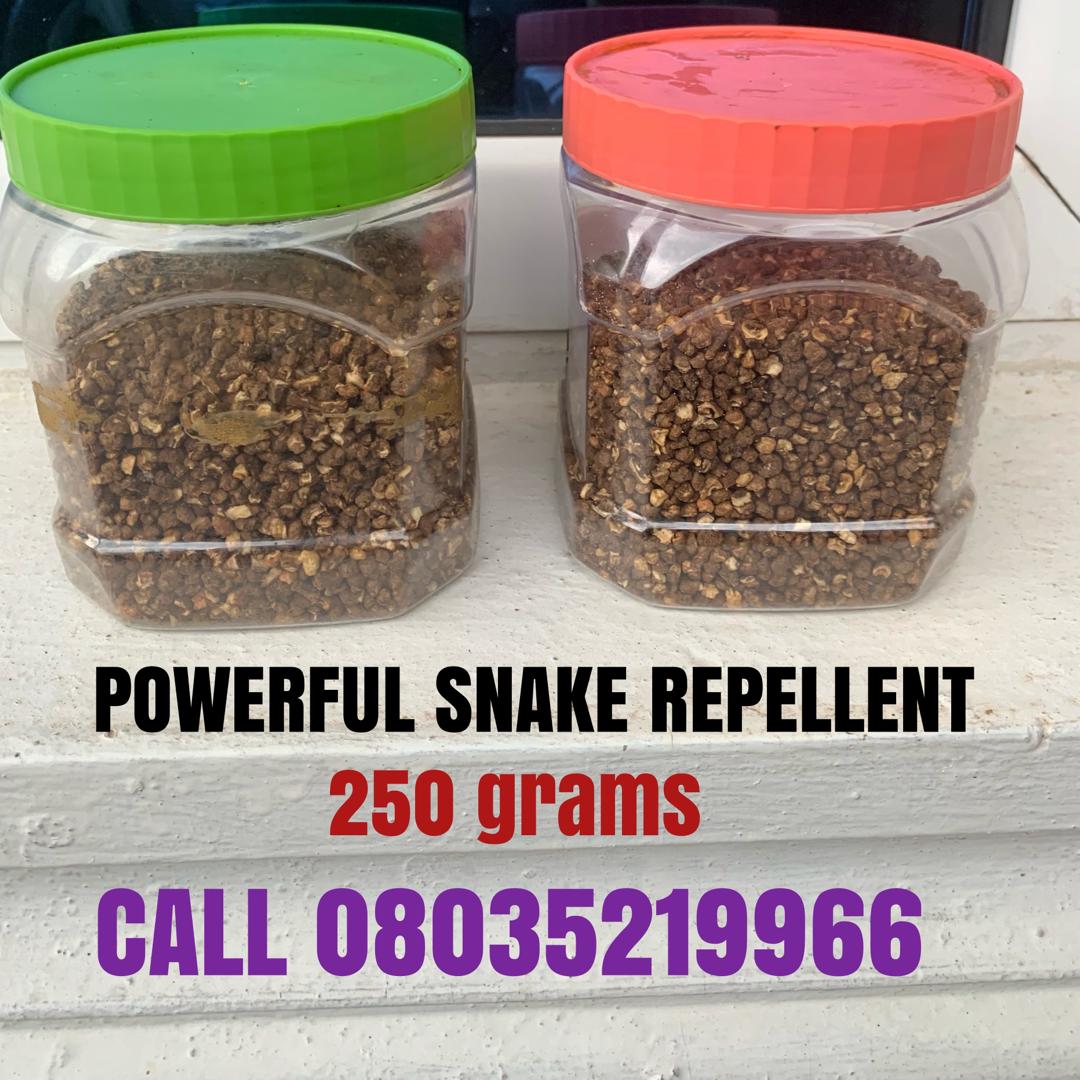Orientation program for new sheep and goats farmers
An orientation program for new sheep and goat farmers should provide comprehensive information and guidance to help them succeed in the small ruminant farming business. Here are some details to include in such a program:
 Learn More
Learn More1. Introduction to Small Ruminant Farming:
– Overview of the small ruminant (sheep and goat) farming industry.
– Importance of small ruminants in agriculture.
2. Farm Setup and Infrastructure:
– Selecting an appropriate location for the farm.
– Designing and building shelters, pens, and fences.
– Providing water sources and proper waste management.
3. Sheep and Goat Breeds:
– Understanding different sheep and goat breeds.
– Selecting breeds based on farming goals (e.g., meat, milk, fiber).
4. Nutrition and Feeding:
– Basic nutritional requirements of sheep and goats.
– Formulating and managing feeding schedules.
– Information on feed types and suppliers.
5. Health and Disease Management:
– Recognizing common sheep and goat diseases and symptoms.
– Preventative measures, vaccination programs, and parasite control.
– Collaboration with a veterinarian.

6. Reproduction and Breeding:
– Understanding reproduction cycles.
– Proper breeding and lamb/kid management.
– Techniques for artificial insemination (if applicable).
7. Record Keeping:
– Keeping records for production, health, and expenses.
– Using technology or software for better farm management.
8. Financial Management:
– Creating a budget and financial projections.
– Tracking expenses and revenue.
READ ALSO Top ten habits that will help you make more money in sheep and goats farming business
9. Fiber Production (if applicable):
– Guidance on wool and mohair production, including shearing and fiber processing.
10. Marketing and Sales:
– Strategies for selling sheep and goat products (meat, milk, fiber).
– Pricing, marketing channels, and customer relationships.
11. Environmental and Regulatory Considerations:
– Complying with local, state, and federal regulations.
– Managing waste and environmental impact.
12. Best Practices and Tips:
– Efficient farm management tips and best practices.
– Troubleshooting common issues.
13. Hands-On Training:
– Practical training in handling and caring for sheep and goats, including feeding, health checks, and lamb/kid care.
14. Networking:
– Encouraging interaction with other local sheep and goat farmers.
– Joining relevant associations or forums.
READ ALSO 10 critical factors to consider while handling viral diseases in sheep and goats
15. Resources and Support:
– Providing a list of useful books, websites, and government agencies for further information and support.
16. Question and Answer Sessions:
– Regular opportunities for participants to ask questions and seek clarification.
17. Graduation and Certification:
– Recognition for completing the orientation program.
This program should be structured as a series of modules or workshops and may be conducted over several days or weeks to ensure that new sheep and goat farmers have a comprehensive understanding of the industry. It’s also essential to provide ongoing support and mentorship as they embark on their farming journey.
🧩CREATED BY DR JOSEPH DEJI-FOLUTILE















